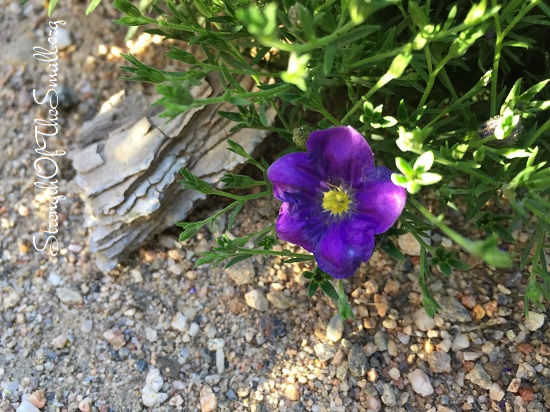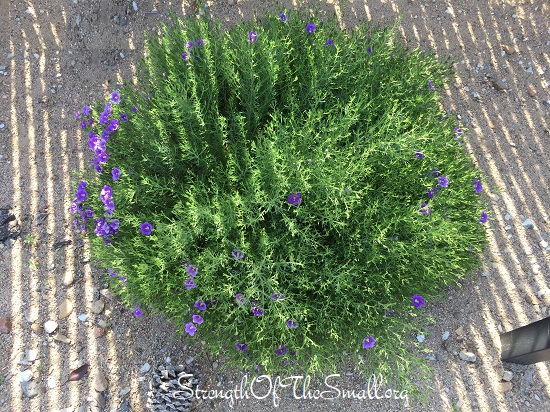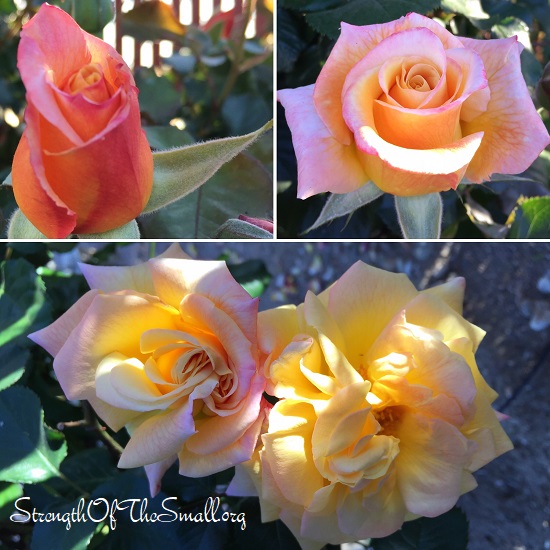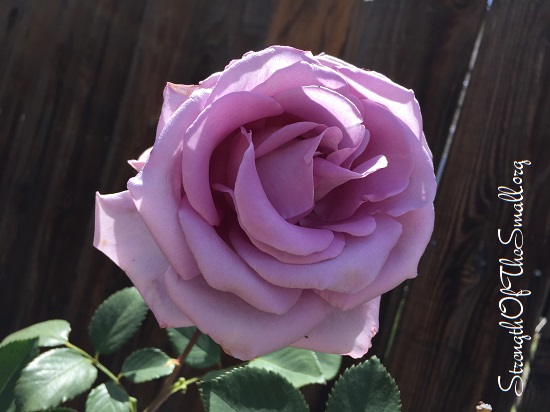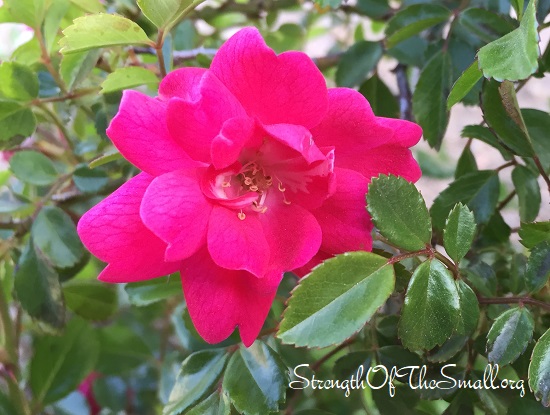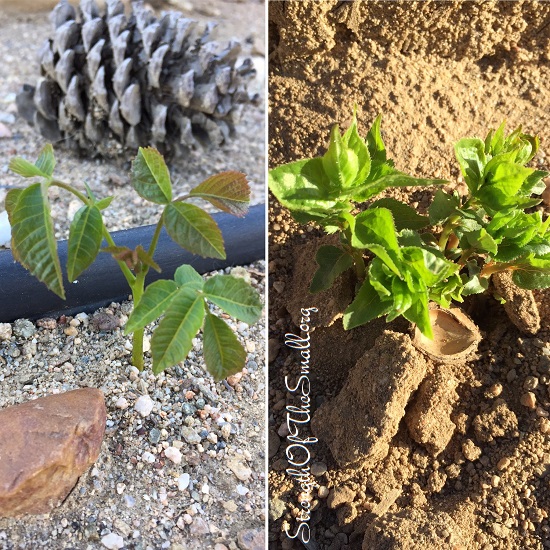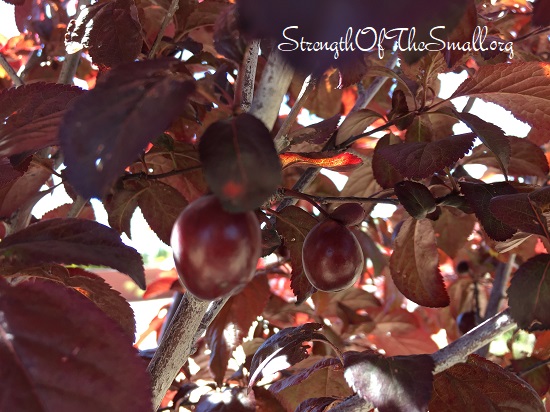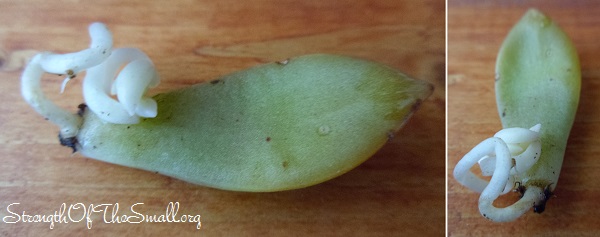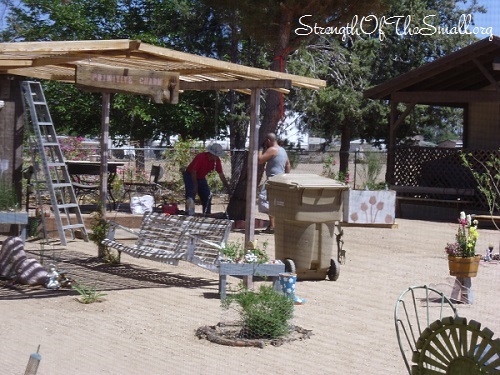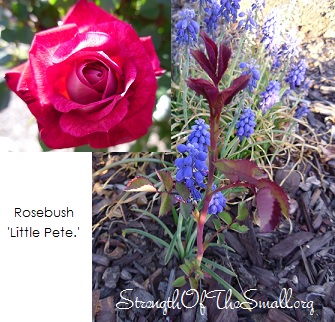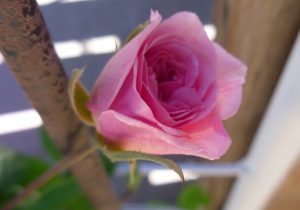I am happy today, especially as one of my succulent plants flowered for the first time.
Sedeveria ‘Hummelii’ (a cross between Sedum and Echeveria), is a tender succulent with reddish leaves during cold months and blue-green with red tips during warmer months. The plant bears small yellow star-shaped flowers. It can be propagated by separating offsets, by leaf cuttings and by seeds.
Most succulents will not survive the frost, but this one survived three cold winters (snow and frost). The first year was just a test, as I grew a succulent leaf next to an Autumn Sage and it survived the hash winter. Last Spring I move the young plant in a container and left it there. It survived two snow storms, frost and has now bloomed for the first time.
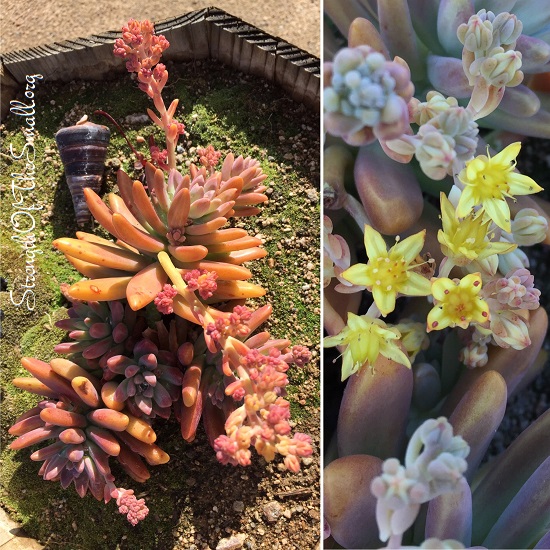
My Lavenders are thriving and spreading. These self-seeding plants have been popping up everywhere in my gardens. I left some seedlings untouched and transplanted others in different locations.
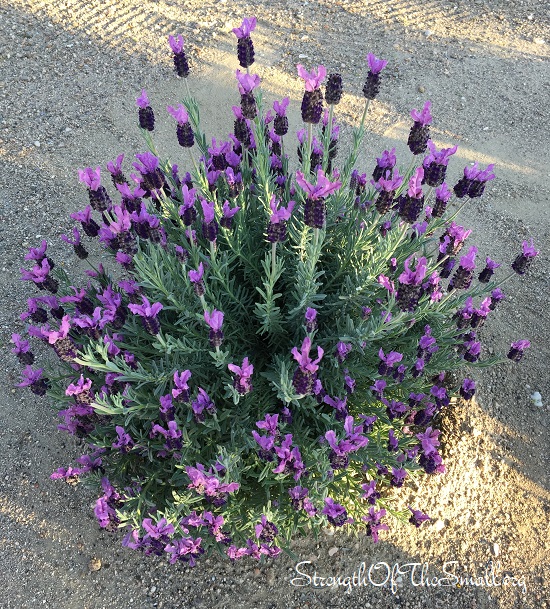
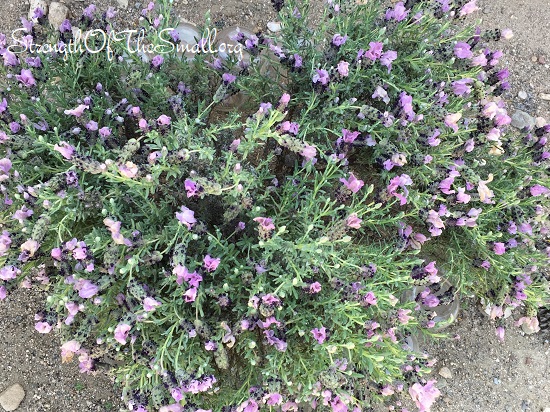
Green Feathery Cassia is yet another low maintenance plant I have come to love.
It is an evergreen drought-tolerant shrub with narrow gray-green foliage. From late Winter through early Summer, tiny showy yellow flowers appear at its branch tips followed by abundant seed pods. It attracts butterflies, bees and hummingbirds.
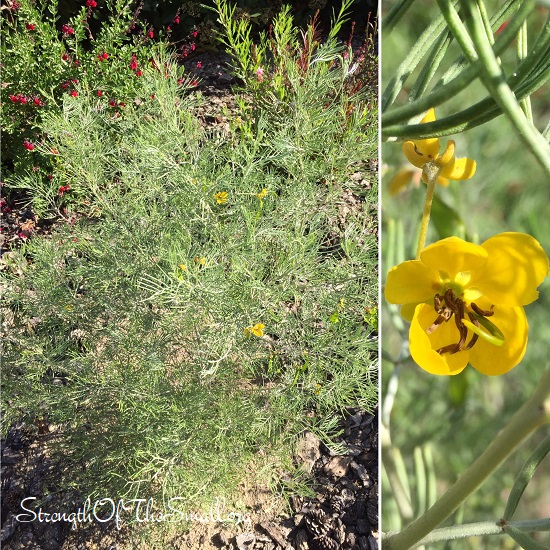
My Wisteria just bloomed for the first time, how exciting. The rewarding work of shaping and training the plant to climb on the pergola has begun.
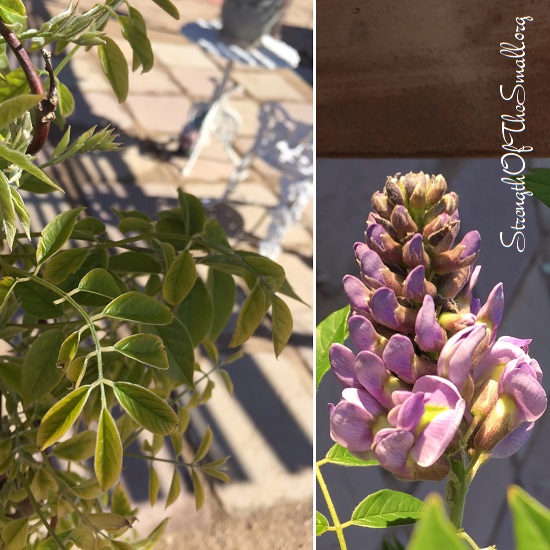
With the exception of the Japanese Boxwood, every other shrub in my yard is heavily covered with flowers. The flowers on the Common Broom shrubs are so heavy that the lower branches drag on the ground. Caring for this plant can be overwhelming as they are a host to the Genista Caterpillars, the larvae of the Genista Broom Moth, Lepidoptera Pyralidae. Also, the plant is self-sowing. I got rid of over one hundred seedlings with more emerging here and there.
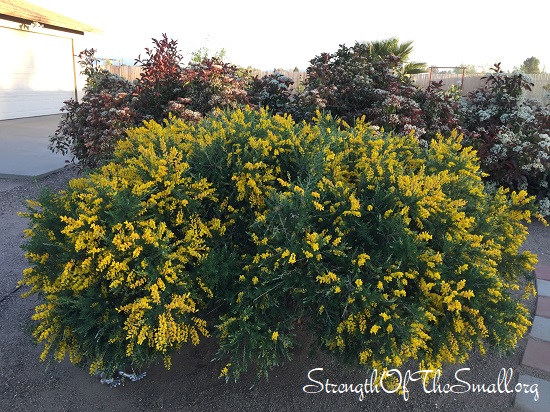
The Red Tip Photinia are clothed in delicate clusters of white and cream flowers. We lost one plant a week ago and we will be replacing it this weekend.
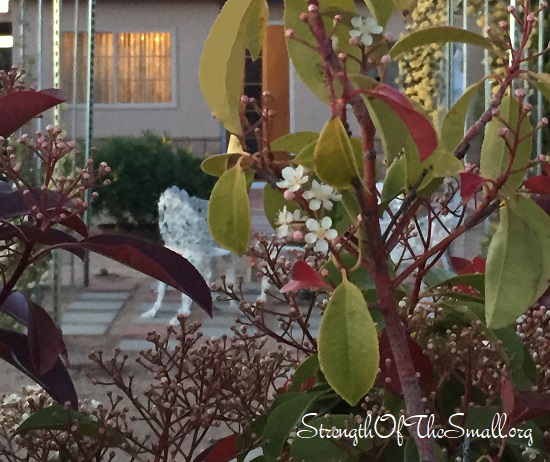
Don’t forget to stay hydrated as the weather becomes hotter.
